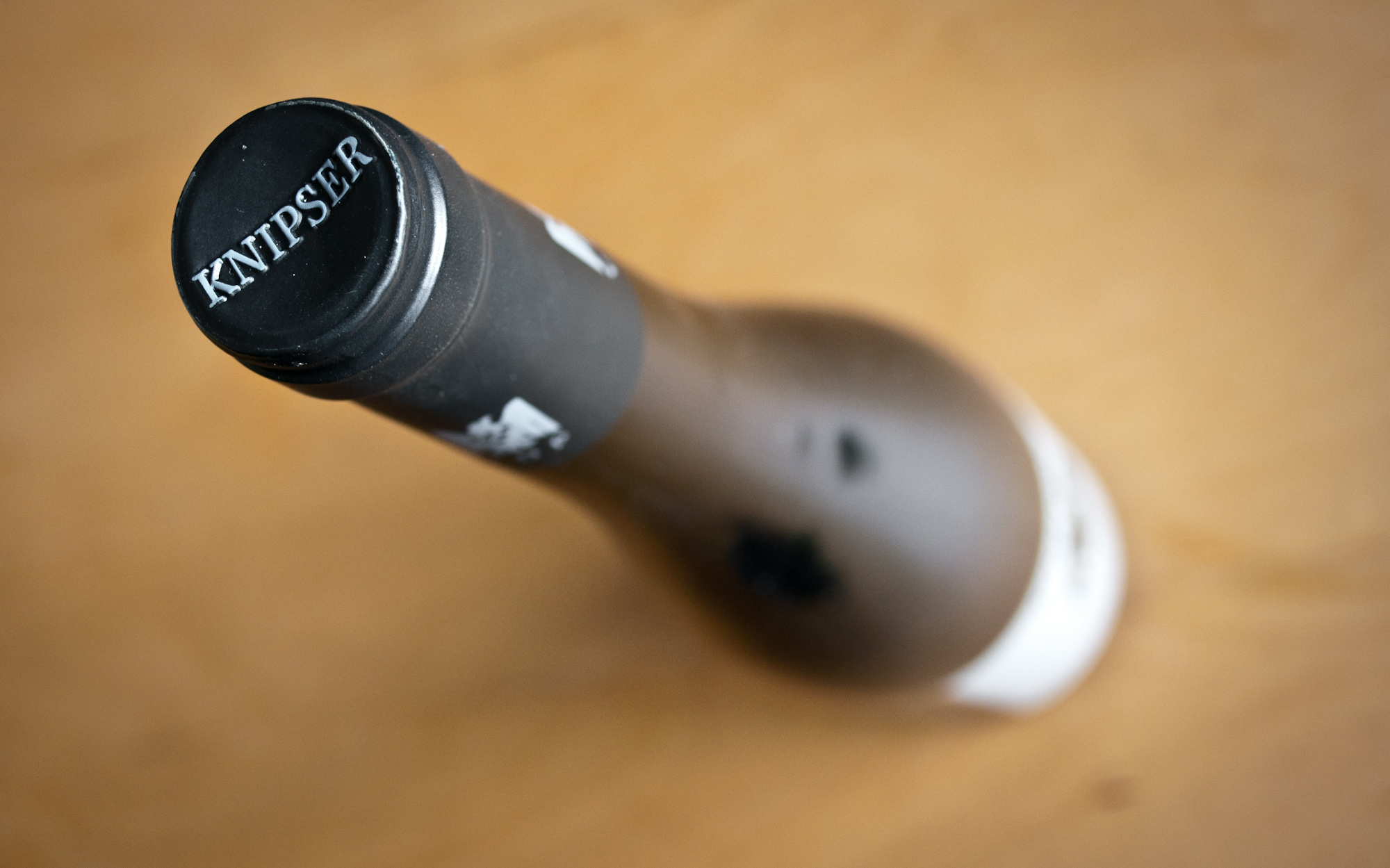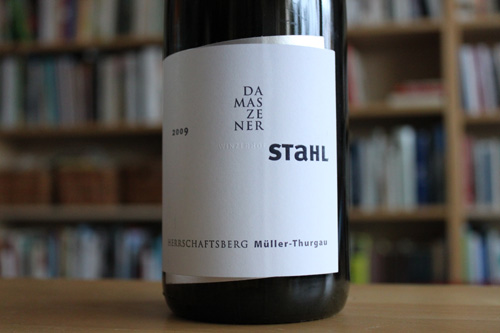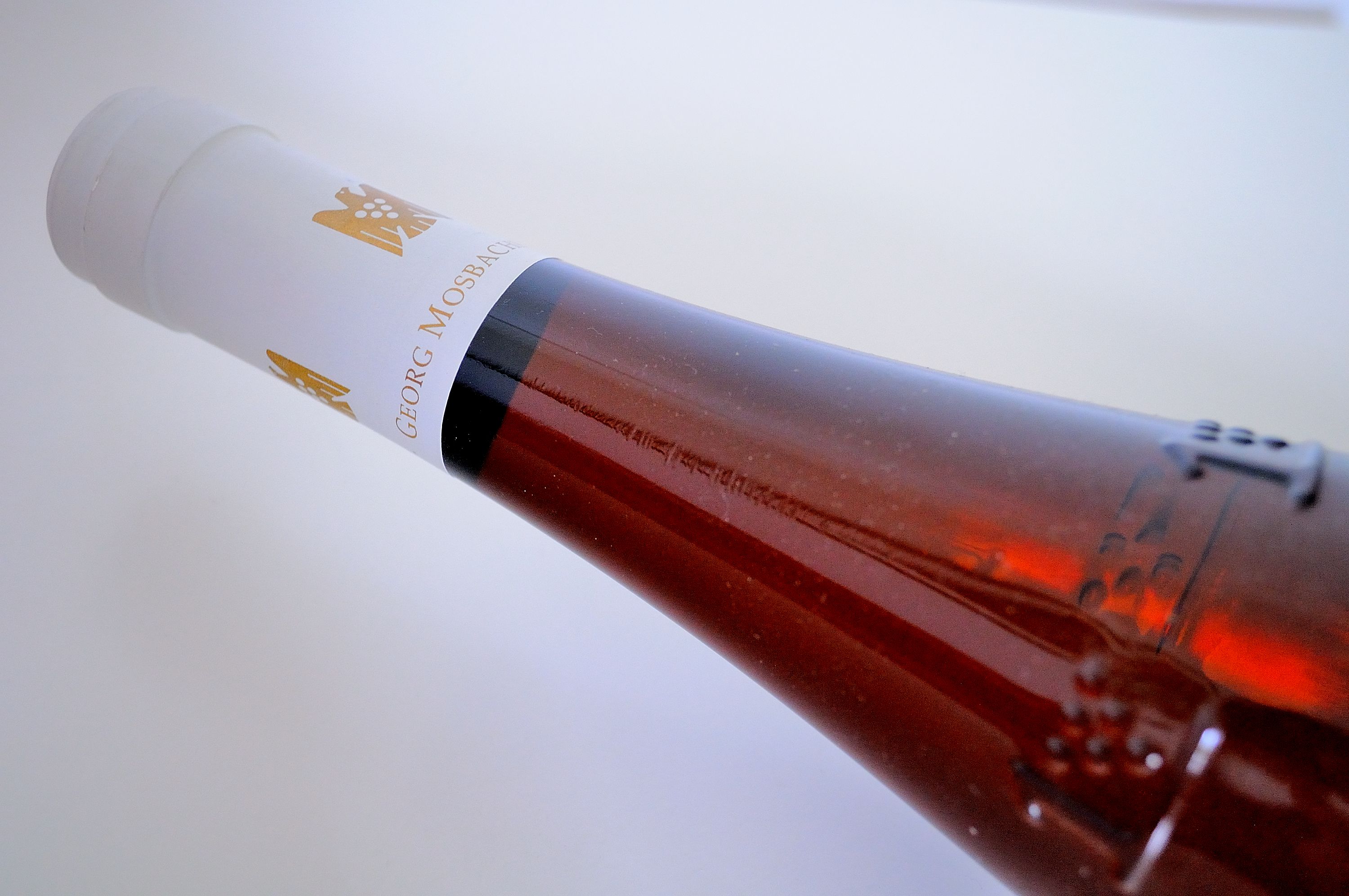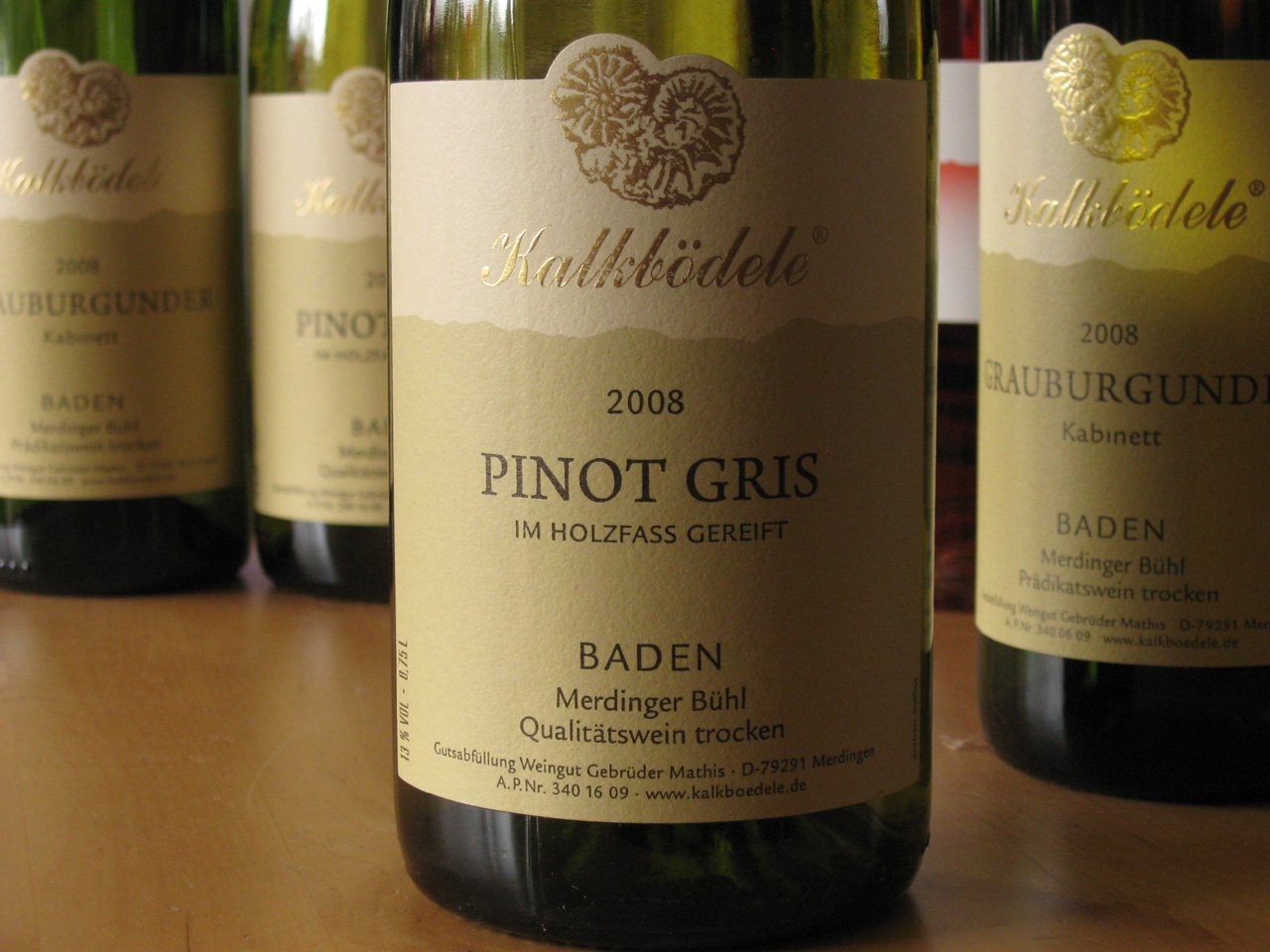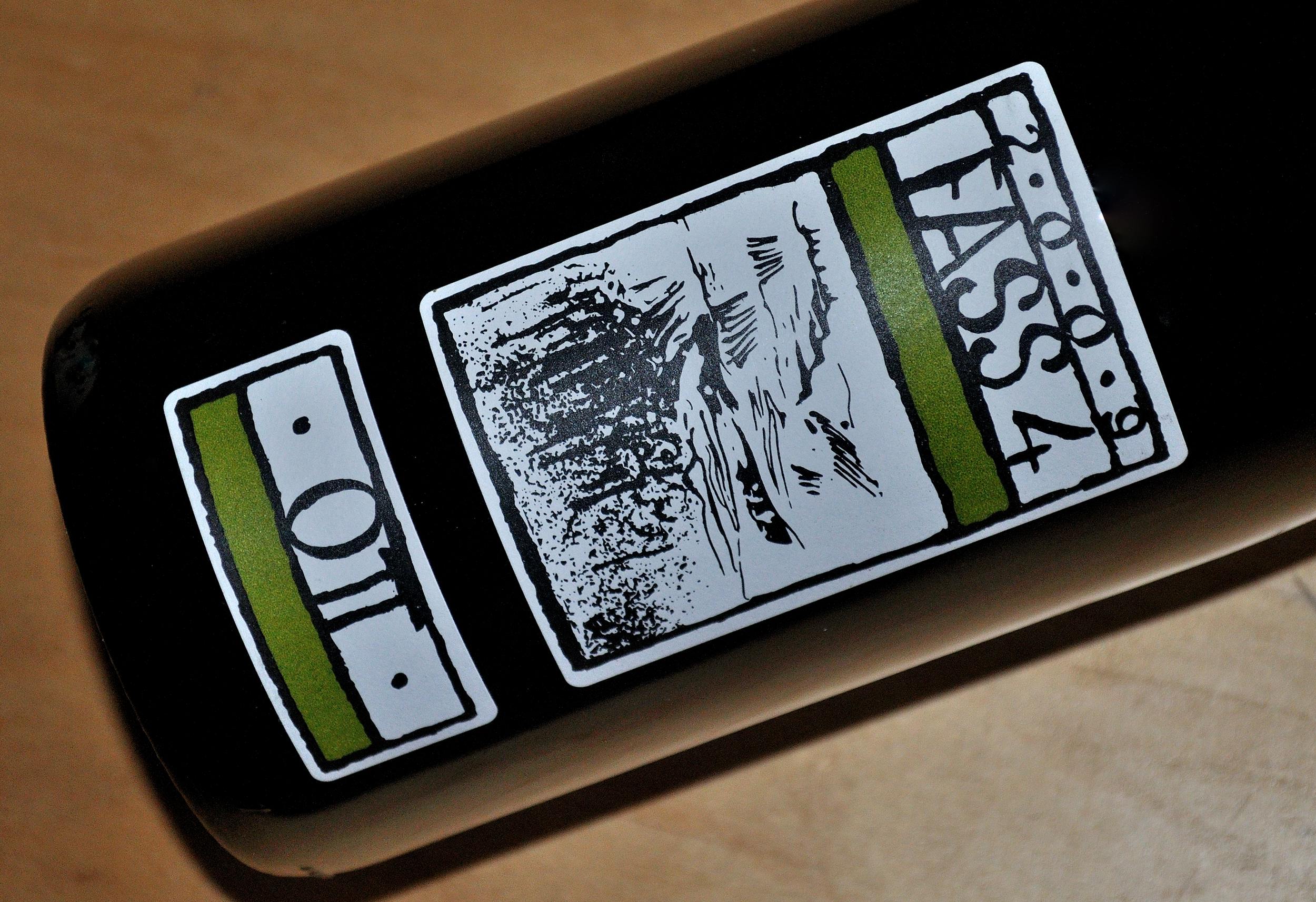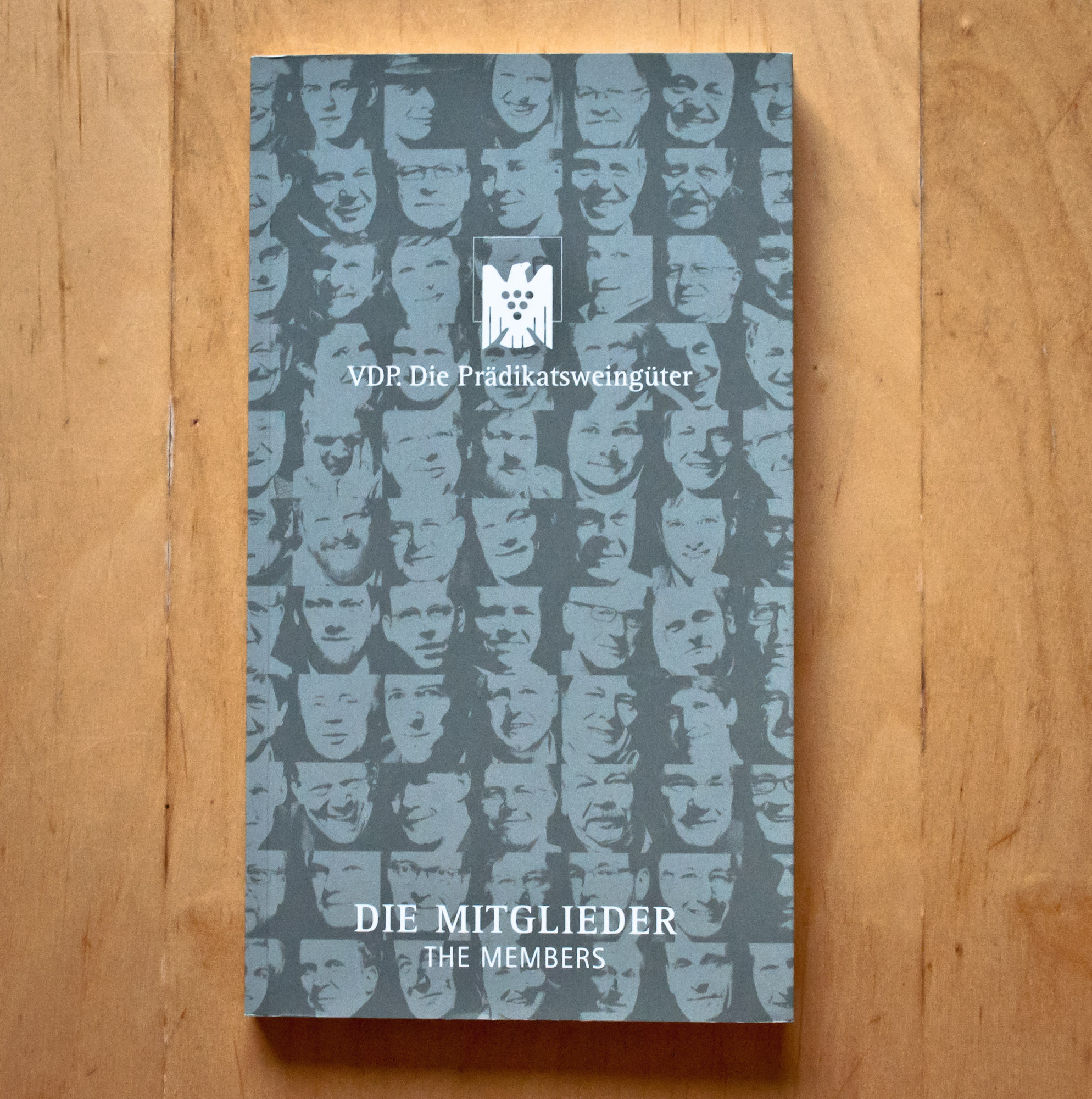Matching ready meals and wine? Dinner with Charlie Bigham and Berry Bros & Rudd
Unless someone else is doing it for me there is almost never a day in my life when you don't find me in the kitchen throwing around pans, pots and knives. I like to cook, I love to eat well, and whenever there is time I work my way through recipes or London restaurants. That I also love wine with my food cannot have been lost on you as you are reading this on the Wine Rambler. So you may think nothing when I tell you that last week I was invited to a food and wine pairing dinner. But how about it was matching wine with supermarket ready meals?
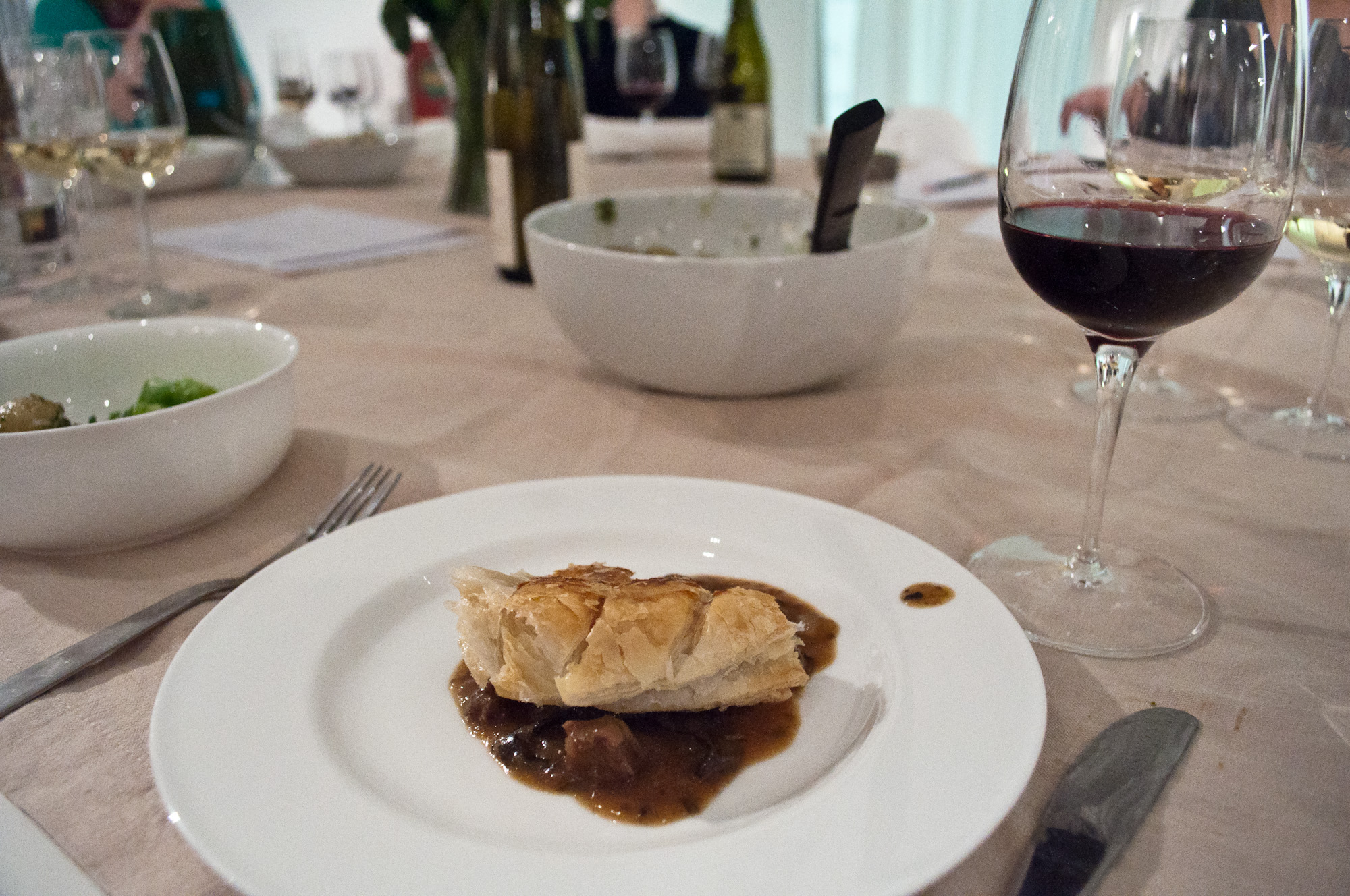
First of all I should say that Charlie Bigham, who lured me and a group of food and wine bloggers to a secret location near London Bridge, is not too happy having his food called "ready meals". I will do so nonetheless, because it takes me back to one of the darker secrets in my food life.


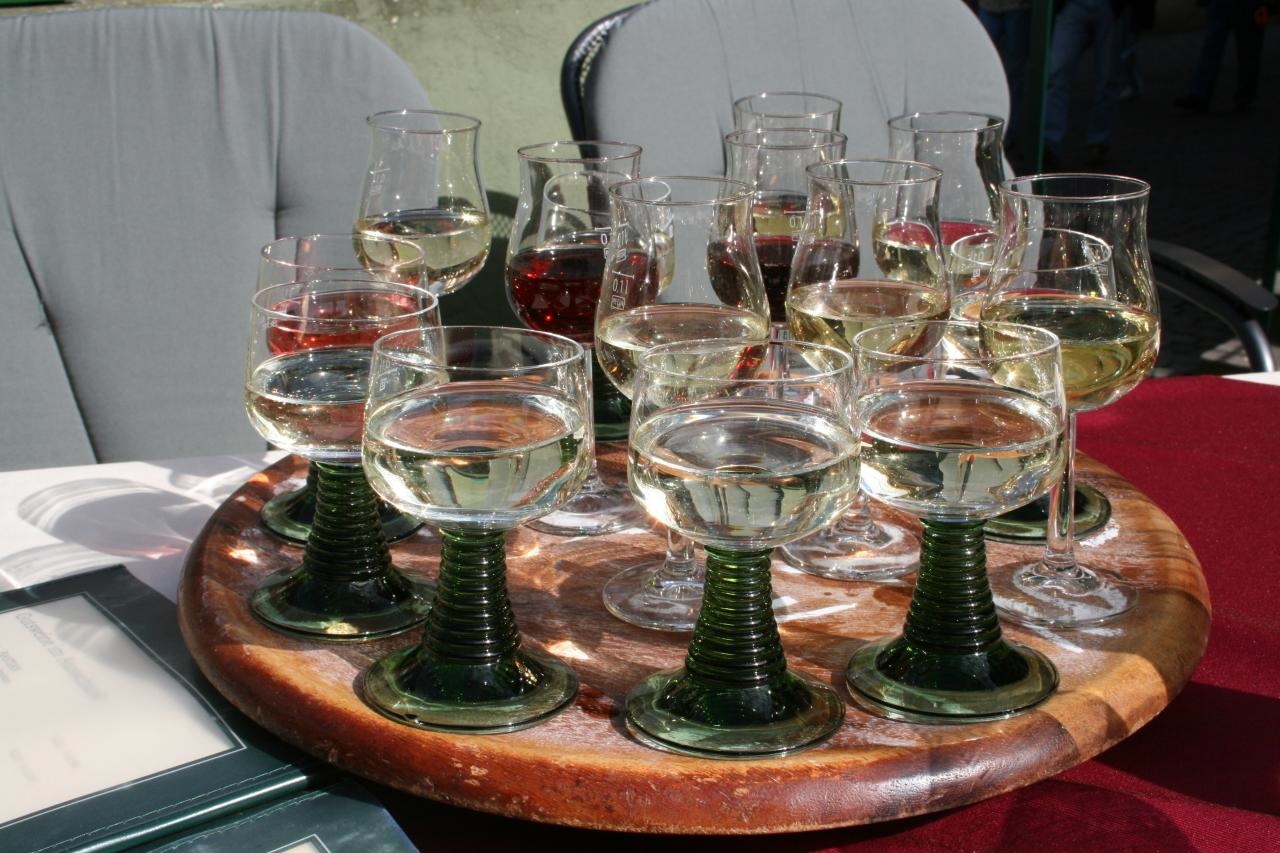
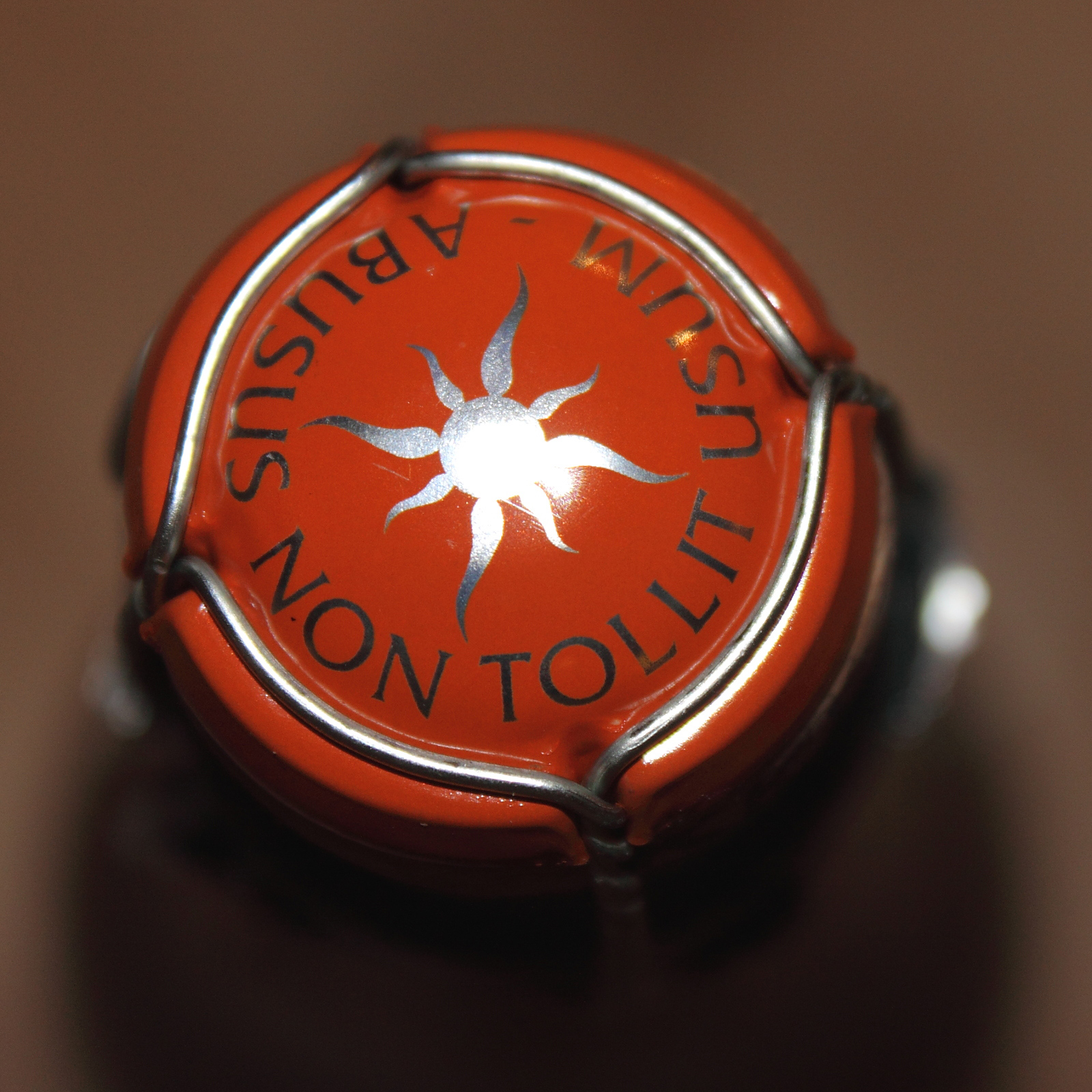 But sometimes, just sometimes, you hit if off immediately. That night, I fell for grower champagne hook, line and sinker, and it's all thanks to Pierre and Sophie Larmandier from Vertus, Champagne.
But sometimes, just sometimes, you hit if off immediately. That night, I fell for grower champagne hook, line and sinker, and it's all thanks to Pierre and Sophie Larmandier from Vertus, Champagne.
